What Is the State Flower of Texas? Facts & FAQ
-
Pete Ortiz
- Last updated:
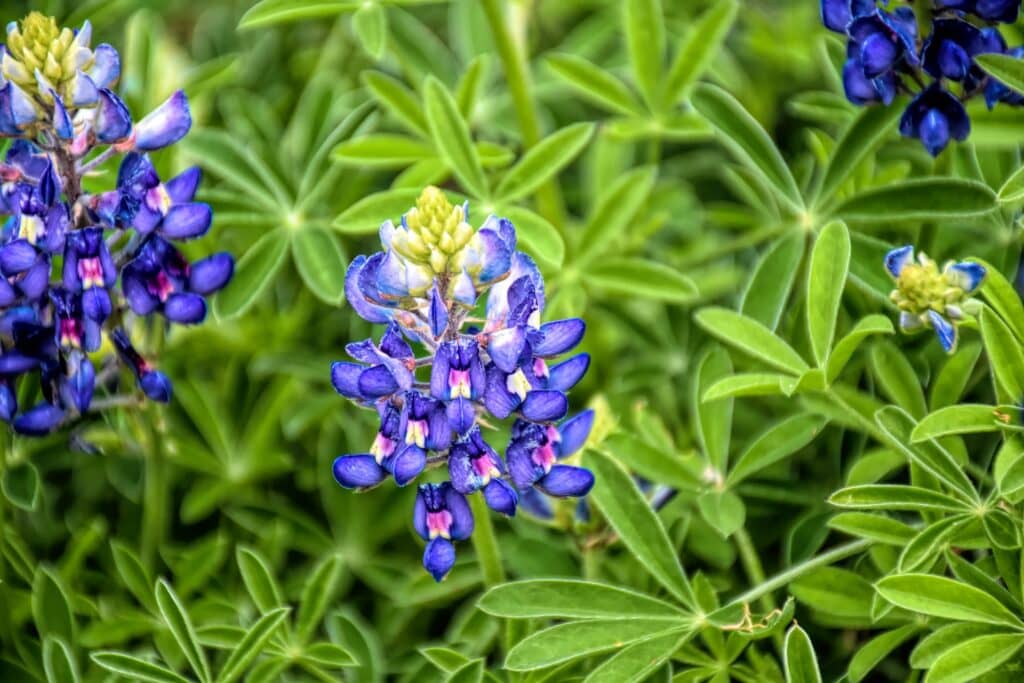
Texas doesn’t have one, but six state flowers. And we know that answer doesn’t sound definitive—especially considering states usually have one symbol—but you’ll understand once you learn about its history.
Nonetheless, if we had to give just one answer, we would say The Bluebonnet. It was adopted by the legislature in 1901 as they felt it reminded the people (particularly women) of the hard work that they had to put in to build the nation. Here’s everything you need to know about this beautiful species.
 The Journey of the Bluebonnet
The Journey of the Bluebonnet
In the scientific spheres, the Bluebonnet is known as the Lupinus texensis. It also has other monikers, including the wolf flower, buffalo clover, and “El Conejo”—Spanish for “The Rabbit.”
Its vibrant sapphire blue petals are the reason why we’re having this conversation today. Members of the 27th Texas legislature were petitioned by the National Society of Colonial Dames of America to adopt the flower, who felt the petals resembled the bonnets typically worn by the pioneer women looking to protect themselves from the sun’s heat.
But like most things in life, the Bluebonnet didn’t have a smooth journey to the top. It had to overcome a lot of hurdles, including the nomination of other plants.
The Bone of Contention
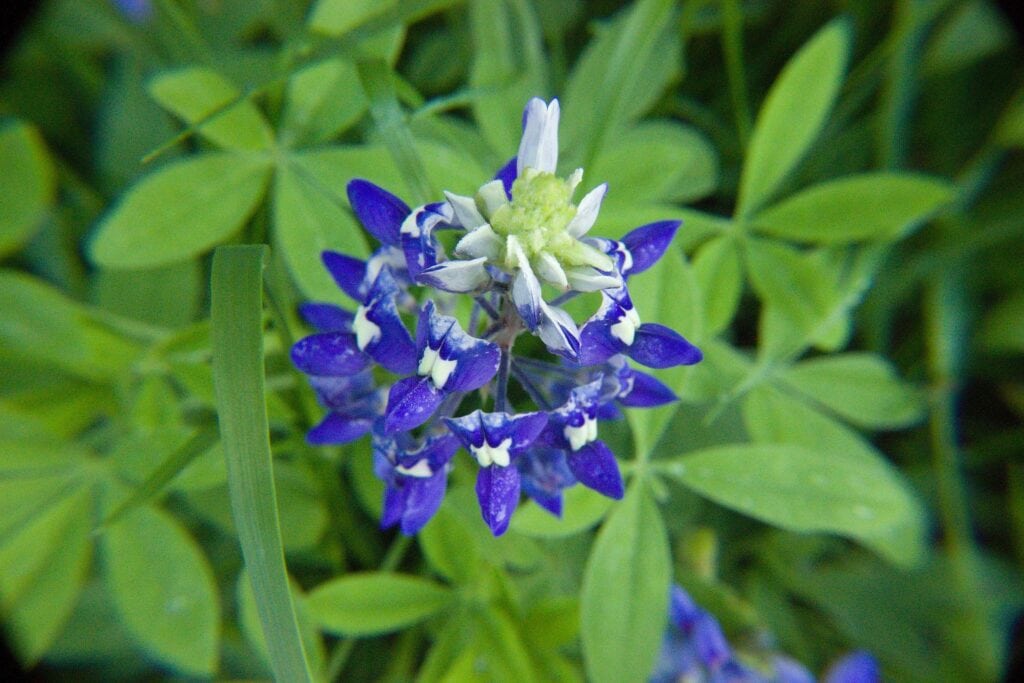
The very first flower to be nominated by the legislature was the cotton plant. And we understand why that is, seeing as cotton has always been symbolic of our states’ economic growth and independence.
However, just when it thought it had bagged the coveted title, the pear cactus’ name was forwarded. They felt it was wise to go with the cactus since it exudes qualities that resonate with the people of Texas—strength and hardiness. Were it not for the ugliness of the plant, they would have likely garnered the requisite votes that they required to successfully pass the adoption.
While all that was going on, the National Society of Colonial Dames of America was busy working behind the scenes. They knew their biggest competition wasn’t the pear cactus, but the cotton plant.
So, they pulled every stunt that they could think of, including displaying various bluebonnet paintings on the floor of the house and embellishing the member desks with floral arrangements. They did that every single day until the day the votes were cast. And once they were tallied, the Bluebonnet won by a significant margin.
The Emergence of Other Species
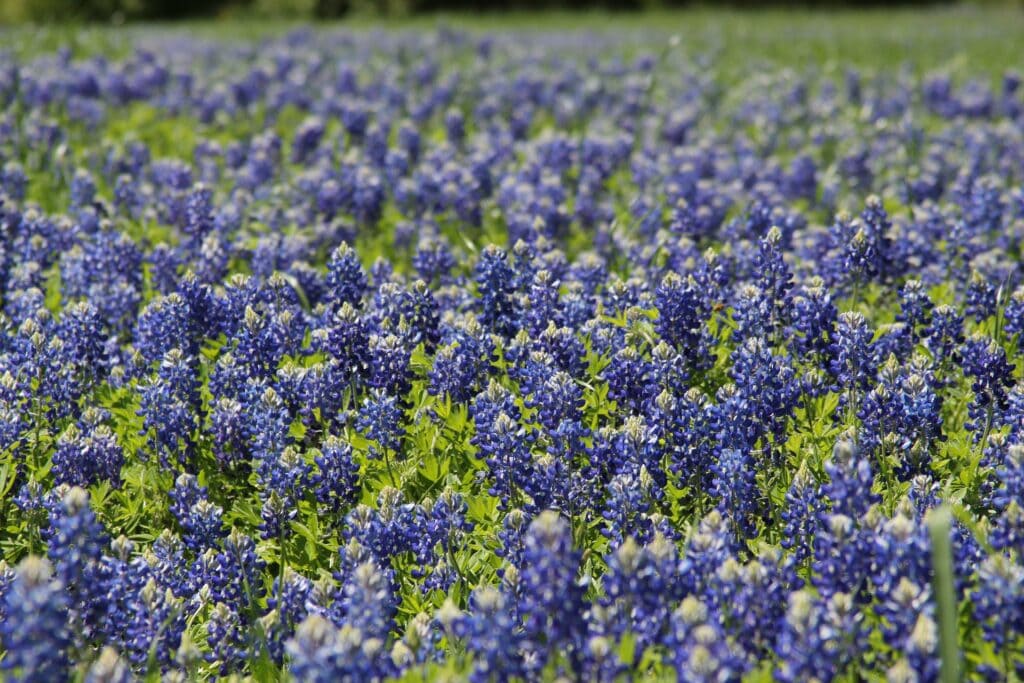
The Lupinus texensis is a subspecies of the Bluebonnet. And even though it’s now considered the state flower, it wasn’t the species that was originally adopted. That legislature chose the Lupinus subcarnosus, which happens to be the least attractive Bluebonnet in that family.
The reason why they went with the Lupinus subcarnosus was that they didn’t know there were other subspecies in that family. Had they known, they probably would have paused and considered other options. Unfortunately, it was too late, and this precipitated yet another tug of war among the members. Which, by the way, lasted for years.
It was the 62nd legislature that felt enough is enough and resolved that all Bluebonnet varieties, plus any other subspecies yet to be discovered, to be regarded as a state flower. And as the years passed, we discovered the Lupinus perennis, Lupinus plattensis, Lupinus concinnus, Lupinus havardii, and of course, the Lupinus texensis.
Does That Mean Picking Bluebonnets Is Prohibited?
Just because a certain plant species is revered in a community doesn’t mean that the locals are prohibited from picking it.
Having said that, there are a couple of areas that have been designated “no-picking” zones. Especially for those looking to pick the Bluebonnet flower. For example, if you visit the Texas State Park, you’ll find a notice letting everyone know that the planted Bluebonnet species are only meant to be viewed.
For that reason, you’ll be caught and penalized for destroying, cutting, or picking any one of them on park grounds. If you’d love to pick a few Bluebonnet flowers for a date or to present them as a gift, look elsewhere. And not from someone else’s private property, because that’s also against the law.
Being a state flower means the Bluebonnet species is not rare. You could find it growing in your backyard, at the playground, around the parking lot, or even on the side of the road.
But be gentle and considerate while picking them. Some of these wild plants that grow naturally are annuals that don’t reseed if someone picks or walks over them.
Are Bluebonnets Found Elsewhere in the Country?
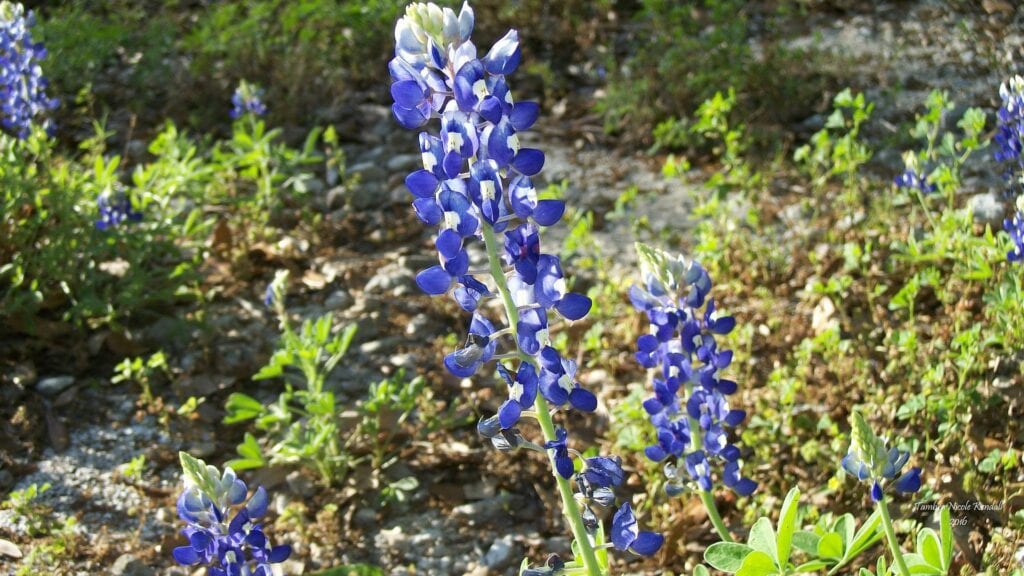
Nature gave Texas the exclusive right to grow two species: The Lupinus Subcarnosis and Lupinus Texensic. So, you’ll never find them in any other state, even if you tried looking. But the rest can be found in Oklahoma, Louisiana, and Florida. Only those three states have the type of alkaline soils that support Bluebonnet growth and the amount of sunshine required on any given day.
We normally assume that Texas is home to the Bluebonnet because there’s no other place in the entire world that has more flowers from this species than our state. And it’s not an exaggeration when we say this plant can pop up anywhere in Texas. If you get the chance to go through the Texas Highway Department records, you’ll learn that it was the first wildflower to jut out from the newly formed roadside cuts and fills in 1917.
They were thinking of getting rid of them but thankfully didn’t. With time, they realized the plant significantly improved the aesthetic appeal of those areas. And since then, they’ve been buying and sowing approximately 30,000 pounds of Bluebonnets every year.
Is It Illegal to Buy Bluebonnets?
No, it’s not illegal to buy or sell any variety of Bluebonnet in Texas or any other state in the country. If you’d like to plant some in your backyard, just visit your local garden center and ask for some seeds.
Bluebonnets are not high maintenance and don’t demand a lot of water, or even high-quality soil. They’ll be good as long as they get 8–10 hours of sunshine every day.
Are Bluebonnets Poisonous?
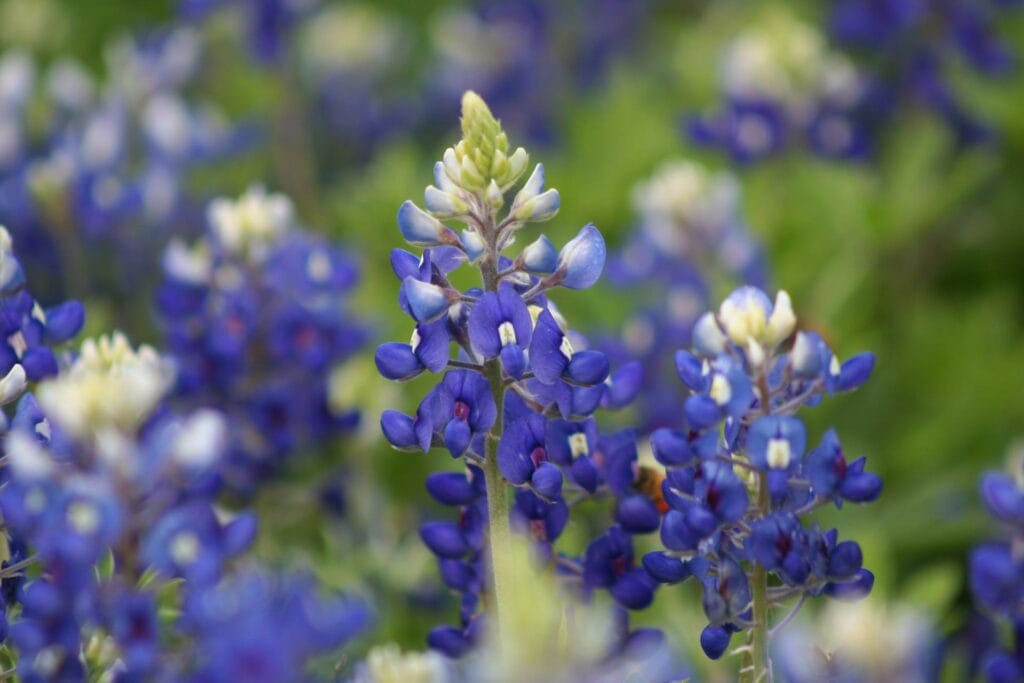
Texans like to say, “Bluebonnets ain’t for eating.” Because they already know the plant can quickly send one to an emergency room when inadvertently ingested. Its toxicity is so high that even animals try to steer clear whenever they come across the flowers.
The level of toxicity varies among the varieties, seeing as it’s influenced by both environmental and biological factors.
Are Bluebonnets Always Blue and White?
Regardless of how hard you try, you can never figure out nature. We used to think Bluebonnets came in blue and white until we were surprised by flowers that looked purple and some that were pink. This got a few botanists curious and so they started studying the species. Eventually creating blooms that were “Barbara Bush Lavender” and “Aggie Maroon.”
When Do Bluebonnets Bloom?
They’ll bloom at the beginning of March, hit peak growth in early April, and start to wither in May due to rising temperatures. Spring is actually the best time to start growing this plant if you want them to make your garden look beautiful. Otherwise, if you try to grow some in June, they’ll die or look malnourished.
 In Conclusion
In Conclusion
Nobody truly knows where the Bluebonnet came from. We’ve tried looking, but all we got were some quirky stories, legends, or myths. We’ll say this, though: we’re very appreciative of the fact that this plant decided Texas was going to be its permanent home of residence. And it fits right in, as it’s as resilient as the people who live there.
You might also like:
- https://austin.com/7-crazy-things-you-never-knew-about-texas-bluebonnets/#
- https://takecareoftexas.org/about-us/blog/how-many-state-flowers-does-texas
- https://www.netstate.com/states/symb/flowers/tx_bluebonnet.htm
- https://www.wildflower.org/expert/show.php?id=2095
- https://texasproud.com/yellow-rose-of-texas/
Featured Image Credit: Pixabay
Contents

 The Journey of the Bluebonnet
The Journey of the Bluebonnet